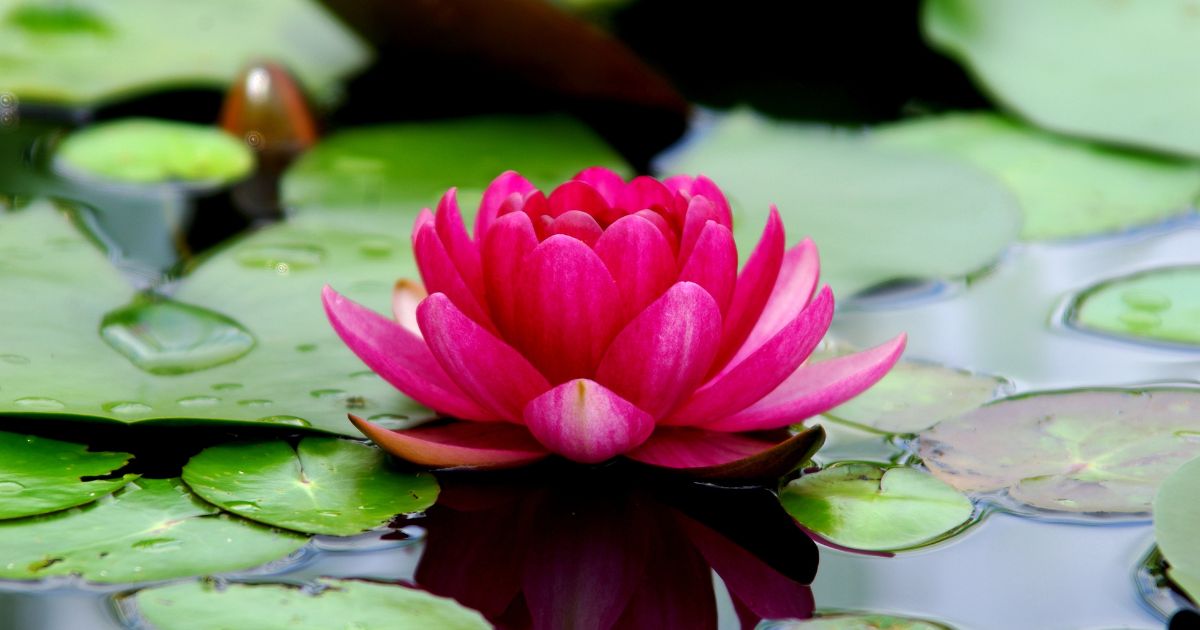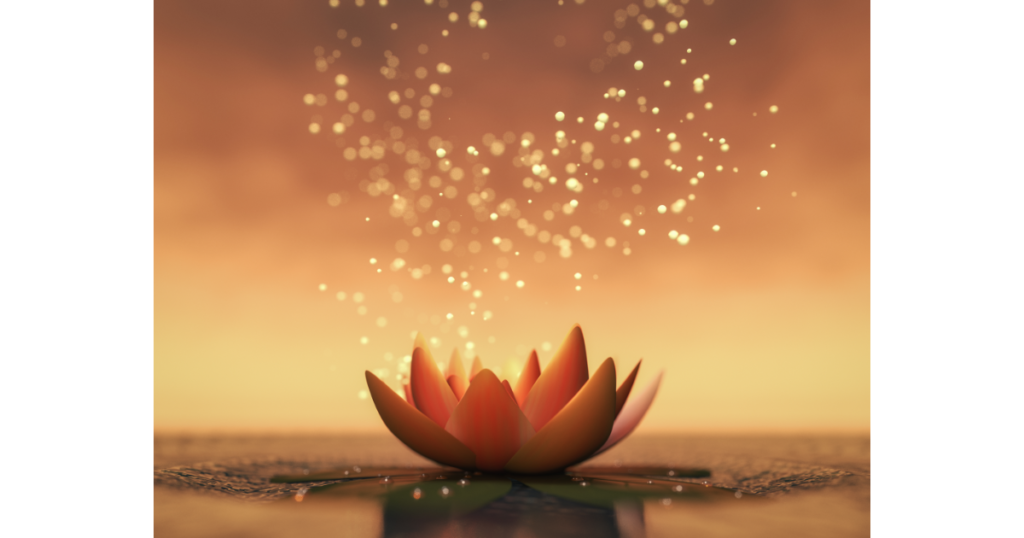Lotus Birth – In The Words Of Michel Odent

After a while, I started to visualise lotus flowers blooming on calm water. I then understood why the lotus has always been deemed the primary flower and the symbol of the appearance of life.
Suddenly I had access to an interpretation of the concept of Lotus Birth.
We are at a time in the history of humankind when human groups need to invent radically new strategies for survival. For millennia all cultures have shared the same basic strategies: to dominate nature and to dominate, or even to eliminate, other human groups.
It was an advantage to develop the human potential for aggressiveness, to develop a certain capacity to destroy life, and therefore to control the capacity to love.
In the age of the ‘scientification of love’ we are learning how the capacity to love develops. By weaving together data offered by multiple scientific perspectives, we can reach the conclusion that the period surrounding birth is critical.
Today we are in a position to interpret the evolutionary advantages of the countless rituals and beliefs (e.g. ‘the colostrum is bad’) that have been transmitted over millennia and that tend to disturb the birth itself and the first contact between mother and baby.
The limits of such strategies are obvious in the age of ecological awareness. We need to raise radically new questions such as: ‘How do we develop respect for Mother Earth?’ The unification of humanity is a necessary step for a dialogue with Mother Earth.
We need the energies of Love. All the beliefs and rituals interfering with the physiological processes in the critical period surrounding birth vii are losing their evolutionary advantages.
We need to re-learn what birth can be like when it is not disturbed by the cultural milieu.
We need a reference point from which we should try not to deviate too much.
Lotus Birth is such a reference point.
There are two complementary ways to go back to the roots where childbirth is concerned.
One is to penetrate ancient women’s knowledge, which is still alive in spite of millennia of culture. Shivam Rachana and her friends at the International College of Spiritual Midwifery are well-advanced in exploring that way.
The other one is to use the perspective of modern physiologists in order to identify what is really universal and to rediscover the basic needs of labouring women.
If we visualise a labouring woman with the eyes of a physiologist, we visualise the deep part of her brain as the most active part of her body: old structures we share with all other mammals (hypothalamus, pituitary gland, etc.) must release the necessary hormones.
If there are inhibitions, they originate in that part of the brain that is so highly developed among humans: the neocortex.
The cultural conditioning is imprinted in this new brain, which can be presented also as the brain of the intellect.
From the perspective of a physiologist, it is easy to interpret a phenomenon that is well-known by ‘spiritual midwives’.
When a woman is in undisturbed labour, she is in a specific state of consciousness, as if cutting herself from our world and ‘going to another planet’. She dares to do what would be unacceptable in her daily life: for example she might scream or swear, or she might be in a posture she had never anticipated.
This means that her neocortex is reducing its activity. This reduction of neocortical control is the only important aspect of birth physiology from a practical point of view. It implies that the basic need of a labouring woman is to be protected against any sort of neocortical stimulation.
For physiologists, the watchword is: do not stimulate the neocortex of a labouring woman.
What can stimulate the neocortex of a human being?
Language is processed by the neocortex. This means that labouring women should not be exposed to unnecessary words.
Bright lights stimulate the neocortex. This means that there is a qualitative difference between a dim light and a bright light in a birthing place.
Any situation which one feels observed tends to stimulate the neocortex. This means that privacy is a basic need.
Any situation associated with an increased level of adrenaline tends also to stimulate the neocortex. This implies that to feel secure is another basic need of labouring women.
Let us underline that our mother is the prototype of the person with whom we feel secure and that a midwife is originally a mother figure. With the perspective of physiologists, it is easy to rediscover the basic and universal needs of a woman giving birth.
Furthermore, with the language of physiologists, it is easy to evaluate the deep-rooted and widespread misunderstanding of birth physiology. The gap between the intuitive knowledge certain women still have and what we can learn from biological sciences is becoming narrower and narrower. There are reasons for optimism.
__
Dr Michel Odent, French obstetrician and natural birthing methods pioneer
Founder, Primal Health Research Centre, London
October 2000




